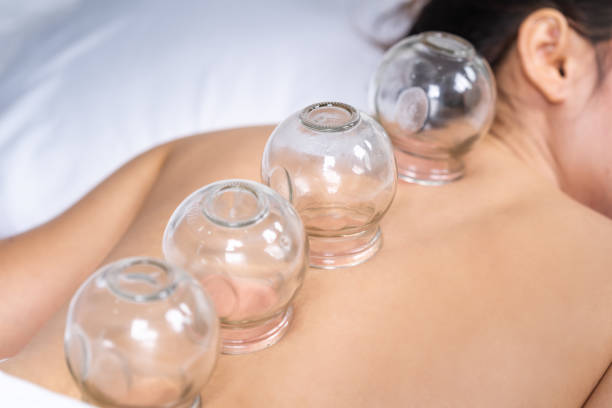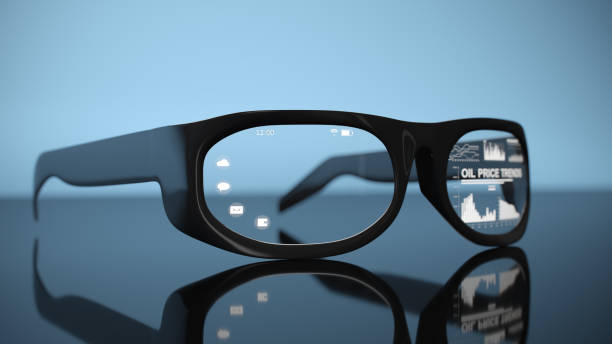The Rejuvenating Power of Cupping Therapy: A Deep Dive Into an Ancient Practice
Cupping therapy, a practice rooted in ancient medical traditions, is witnessing a resurgence in the modern wellness sector. Once confined to the realm of traditional Chinese medicine, this technique has breached the borders of the East and is now being embraced globally for its purported benefits in promoting relaxation, easing muscle pain, and boosting skin health. This article delves into the historical roots of cupping therapy, explores current trends, and examines its impact on the beauty and fitness industry.

The Historical Origins of Cupping Therapy
The practice of cupping therapy dates back to ancient Egypt, with references found in the Ebers Papyrus, one of the oldest medical textbooks in existence. It was later adopted by the Greeks, and eventually spread throughout Asia, notably in China.
Cupping therapy involves placing cups on the skin to create a vacuum, drawing the skin upward. This process aims to stimulate blood flow, promote healing, and facilitate the removal of toxins. Traditionally, the cups were made of bamboo or clay, but modern practitioners often use glass or silicone cups.
Cupping Therapy in the Modern Wellness Landscape
The 21st century marked a significant shift in the perception of cupping therapy. This was largely due to high-profile athletes and celebrities showcasing their cupping marks, sparking interest and curiosity among the public.
Today, cupping therapy is no longer an obscure, ancient practice, but a mainstream wellness trend. It is commonly offered in spas, wellness centers, and even some gyms, reflecting its widespread acceptance and incorporation into modern wellness routines.
Benefits and Market Relevance of Cupping Therapy
Cupping therapy is believed to offer multiple benefits, contributing to its market relevance. It is often touted for its ability to alleviate muscle tension and promote relaxation, making it a popular choice among athletes and fitness enthusiasts.
In the beauty industry, facial cupping has gained momentum. This gentler version of the therapy is reported to increase blood circulation, potentially leading to brighter, firmer skin. It also aligns with the growing consumer preference for non-invasive, natural beauty treatments.
Impact of Cupping Therapy on the Beauty and Fitness Industry
Cupping therapy has undeniably affected both the beauty and fitness industries. Its market growth can be attributed to the rising consumer demand for holistic, natural treatments and the ongoing pursuit of methods to enhance performance and recovery in fitness.
Moreover, the integration of cupping therapy into beauty treatments has increased its appeal to a broader demographic, enabling it to successfully infiltrate the mainstream wellness market.
Evidence-Based Claims and Recommendations
While there is anecdotal evidence supporting the benefits of cupping therapy, scientific research remains limited. Some studies suggest that cupping may provide pain relief and muscle relaxation, but more comprehensive research is needed.
As with any wellness practice, it’s crucial for individuals to consult with a healthcare professional before starting cupping therapy. It’s also important to ensure that the therapy is performed by a certified practitioner to avoid potential side effects, like skin irritation or burns.
In conclusion, the rejuvenating power of cupping therapy, deeply rooted in ancient practices, is being rediscovered and repurposed in our modern world. Its impressive journey from the annals of ancient medical texts to the glossy pages of beauty magazines is a testament to its enduring appeal. As we continue to explore and validate its benefits, the future of cupping therapy in the beauty and fitness industry looks promising.





